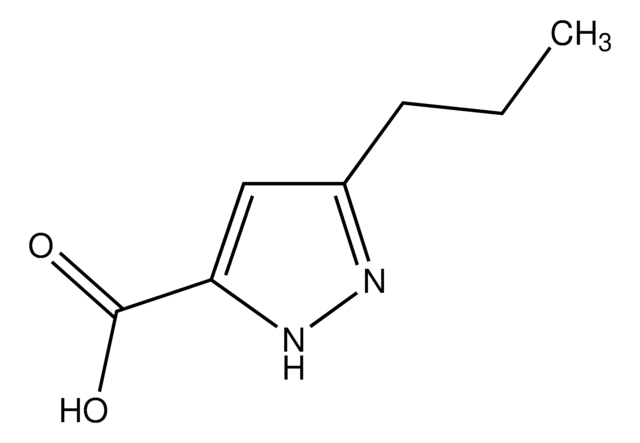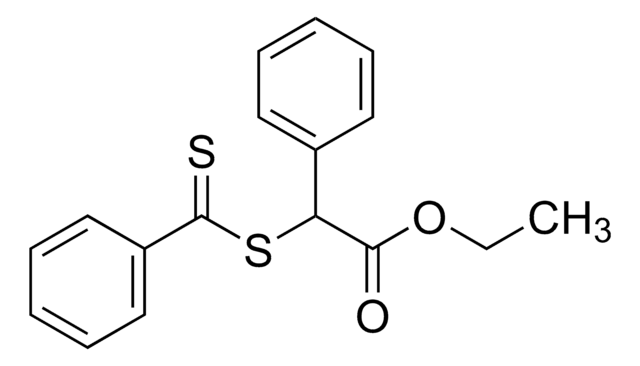760455
Ethyl 2-(phenylcarbonothioylthio)propionate
97% (HPLC)
Synonym(s):
2-[(Phenylthioxomethyl)thio]propanoic acid ethyl ester, Ethyl 2-(phenylcarbonothioylthio)propanoate
About This Item
Recommended Products
Assay
97% (HPLC)
form
liquid
refractive index
n20/D 1.611
density
1.163 g/mL at 25 °C
storage temp.
2-8°C
SMILES string
CCOC(=O)C(C)SC(=S)c1ccccc1
InChI
1S/C12H14O2S2/c1-3-14-11(13)9(2)16-12(15)10-7-5-4-6-8-10/h4-9H,3H2,1-2H3
InChI key
NXWVPIWRMPQYEX-UHFFFAOYSA-N
General description
Application
Storage Class Code
12 - Non Combustible Liquids
WGK
WGK 3
Flash Point(F)
Not applicable
Flash Point(C)
Not applicable
Certificates of Analysis (COA)
Search for Certificates of Analysis (COA) by entering the products Lot/Batch Number. Lot and Batch Numbers can be found on a product’s label following the words ‘Lot’ or ‘Batch’.
Already Own This Product?
Find documentation for the products that you have recently purchased in the Document Library.
Articles
The modification of biomacromolecules, such as peptides and proteins, through the attachment of synthetic polymers has led to a new family of highly advanced biomaterials with enhanced properties.
The modification of biomacromolecules, such as peptides and proteins, through the attachment of synthetic polymers has led to a new family of highly advanced biomaterials with enhanced properties.
The modification of biomacromolecules, such as peptides and proteins, through the attachment of synthetic polymers has led to a new family of highly advanced biomaterials with enhanced properties.
The modification of biomacromolecules, such as peptides and proteins, through the attachment of synthetic polymers has led to a new family of highly advanced biomaterials with enhanced properties.
Protocols
We presents an article featuring procedures that describe polymerization of methyl methacrylate and vinyl acetate homopolymers and a block copolymer as performed by researchers at CSIRO.
We present an article about RAFT, or Reversible Addition/Fragmentation Chain Transfer, which is a form of living radical polymerization.
Our team of scientists has experience in all areas of research including Life Science, Material Science, Chemical Synthesis, Chromatography, Analytical and many others.
Contact Technical Service








